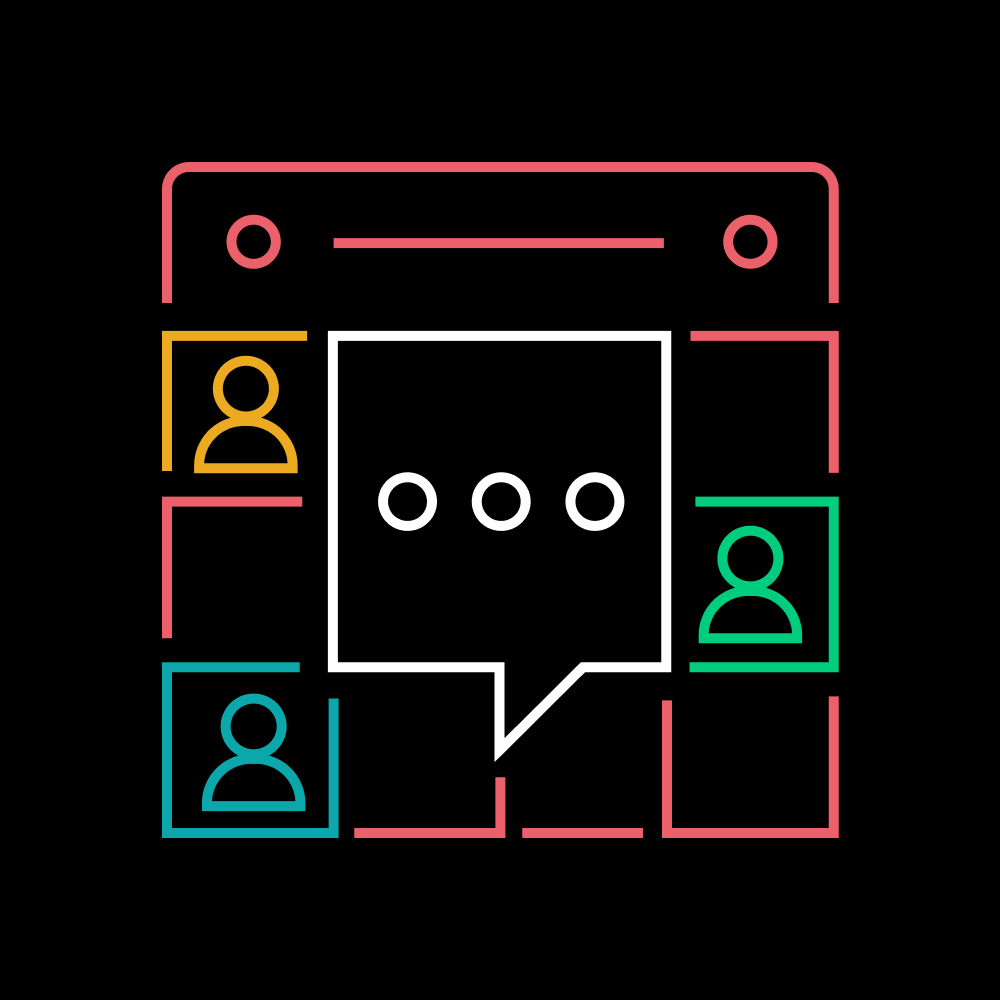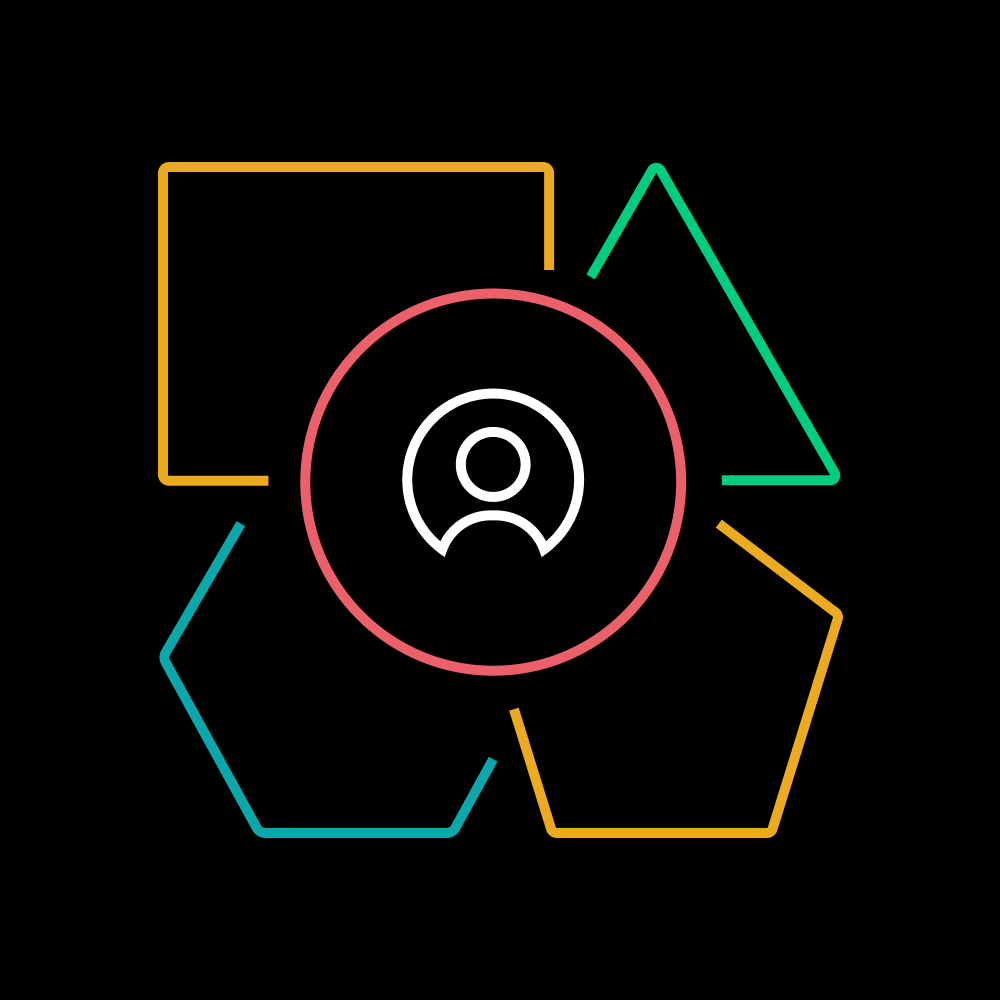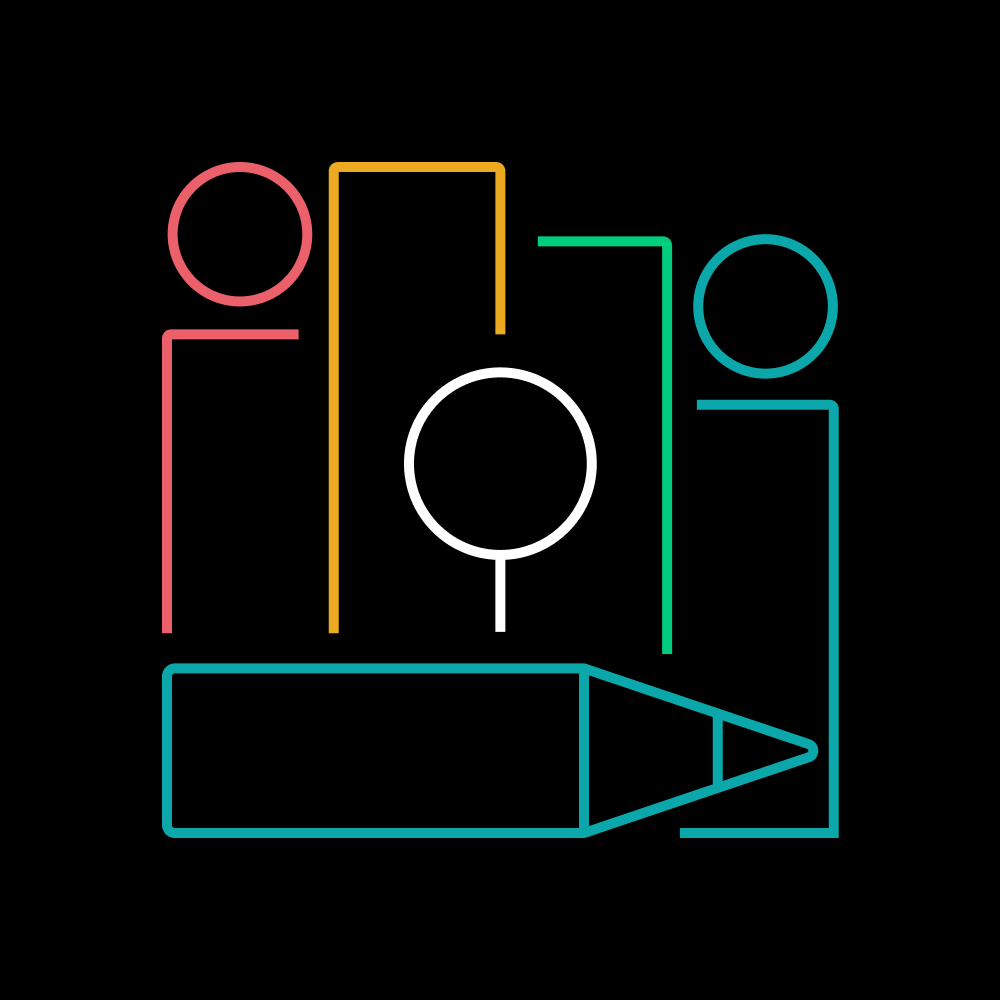
Fostering collaboration and creativity in the workplace
Posted April 27, 2021 by the Future Forum team
Team collaboration has a major impact on business performance and employee motivation. How team members interact and share insights can chart an organization’s path toward success or failure. On March 30, Future Forum brought together leading academics Heidi Gardner, Poppy McLeod, Brian Uzzi, and Anita Woolley, in an interactive summit to discuss collaboration and creativity. Improving innovation was the second most important strategy for over 900 CEOs polled by The Conference Board in December of 2020, only behind accelerating the pace of digital transformation. Embracing new ways to innovate and unlock human potential in a digital-first world is therefore critical. Additional participants joined breakout sessions to discuss how to apply research insights into the working world.
Knowing where innovation comes from
Brian Uzzi started off with what he terms the “90/10 Rule.” He delved into Randall Collins’ books and curiosity about where ideas come from. Do they emerge from “lone geniuses” like Einstein? Or are they the product of collaboration? Does innovation emerge from extremely novel ideas, or a combination of conventional and novel ideas? In his search for answers, Brian used machine learning to analyze tens of millions of scientific papers, pop songs, and technical breakthroughs. He found that collaboration is what drives innovation.
“The lone genius isn’t the one who moves the needle, instead, innovation comes from networks, teams, and ‘salons,’ as they used to be called. It’s all about teams that have the ability to combine 90 percent conventional ideas with 10 percent extremely novel ideas into a ‘Goldilocks’ marriage. Only a collaborative structure gets you there.”
Brian Uzzi
Professor of Leadership
Northwestern University
Understanding team dynamics
In addition to following the 90/10 Rule, leaders need to understand the factors that lead to excellence in teamwork: clarity, leadership, resources, critical knowledge skills and abilities (KSAs), trust, and motivation. To embrace and foster these characteristics, executives first need to grasp how people develop teamwork skills.
“Avoiding the path to failure is more clearly mapped out than walking the path to success. What feels safe in one team may feel very unsafe in another. To move teams away from accepting the standard of not failing and toward striving for excellence, we need to absorb the truth that there is no single formula leading to success… Successful teams are each successful in their own way.”
Poppy McLeod
Professor and Chair of the Department of Communication
Cornell University
Building the right teams for smart collaboration
Leaders also need to know how to help people build collaborative networks that lead to innovation and positive business outcomes. The convergence of two forces makes smart collaboration more important than ever. One is specialization. The other: our problems are increasingly volatile, uncertain, complex, and ambiguous (VUCA). This points to the need for experts to come together and tackle complex issues through smart collaboration—a deliberate, intentional act that puts complex thinkers and concrete thinkers together to spur innovation.
“We need complex thinkers and concrete thinkers. It’s not just people who know different things. It’s people who know things differently. Data shows that people who build purposeful networks and use them for smart collaboration produce four times better business (financial) outcomes than those who don’t.”
Heidi K. Gardner
Distinguished Fellow
Harvard Law School
Fostering collective intelligence
Anita Woolley’s research centers around the collective intelligence (CI) of groups and the factors that help them excel at achieving a wide range of tasks and becoming more creative. Data shows that CI is less related to individual intelligence and more related to gender, ethnic, and cognitive diversity, combined with social intelligence. Groups establish increased CI through facial and vocal synchrony. They also build CI through “burstiness,” or quick exchanges of communication separated by periods of little communication.
“Synchronized facial expressions are predictive of CI, even when people are collaborating via videoconference. Vocal synchrony is even more predictive of CI, but videoconferencing may disrupt it. Burstiness may be the biggest predictor. Bursty teams are more innovative and perform at a higher level, even with fully or partially distributed teams….but don’t try to force it too much. Oftentimes, it occurs naturally.”
Anita Williams Woolley
Associate Professor of Organizational Behavior and Theory
Carnegie Mellon
The breakout sessions explored how these research principles can be applied in the distributed working world to build creative cultures. Key recommendations include:
It’s clear both from the research and the real-world experiences that there is no silver bullet to building creative cultures. But it does depend on introducing diversity of thought and expertise, helping teams build trust, mentoring people, and helping people build their networks. As Heidi puts it, “When you have true inclusion, let people play to their strengths, and value the diversity of peoples’ inputs, that’s when you get the bang for the buck.”


